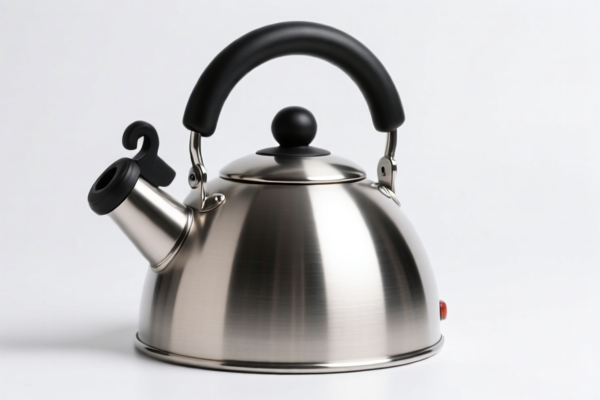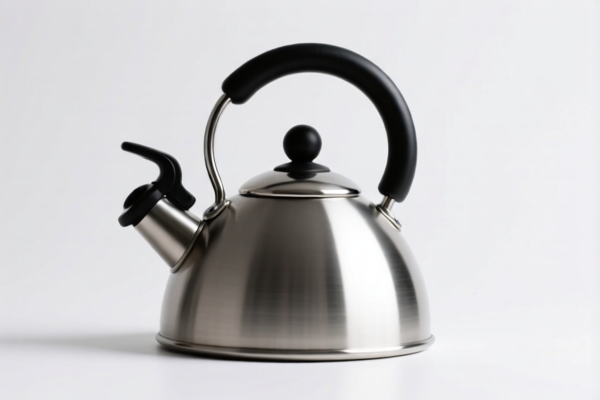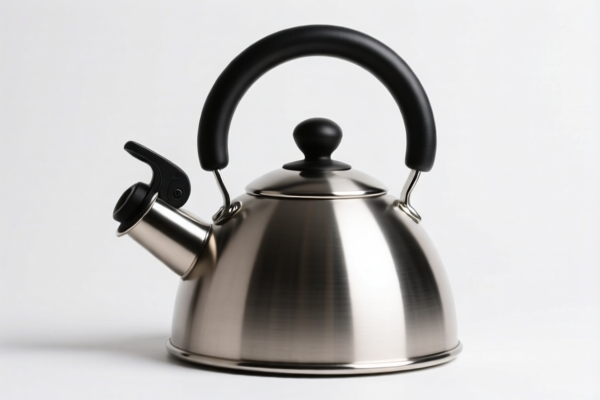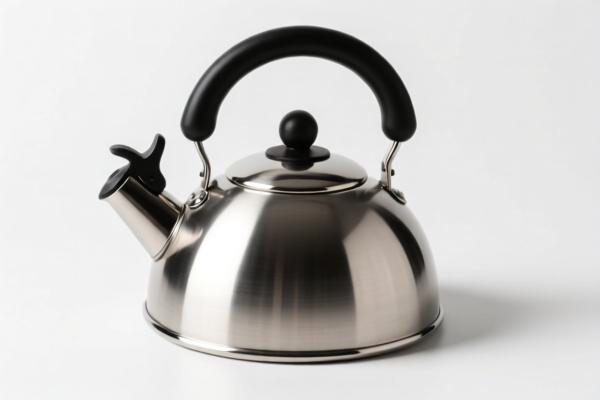| HS Code | Official Doc | Tariff Rate | Origin | Destination | Effective Date |
|---|---|---|---|---|---|
| 7615109100 | Doc | 65.6% | CN | US | 2025-05-12 |
| 7611000030 | Doc | 57.6% | CN | US | 2025-05-12 |
| 7611000090 | Doc | 57.6% | CN | US | 2025-05-12 |
| 3926901600 | Doc | 40.6% | CN | US | 2025-05-12 |
| 3926909910 | Doc | 42.8% | CN | US | 2025-05-12 |
| 3924104000 | Doc | 33.4% | CN | US | 2025-05-12 |
| 3924905650 | Doc | 40.9% | CN | US | 2025-05-12 |




Thermal Insulation Kettle
A thermal insulation kettle, also known as a vacuum flask or thermos, is a specialized container designed to maintain the temperature of its contents for extended periods. It achieves this through significant reduction of heat transfer by three main modes: conduction, convection, and radiation.
Material:
- Inner Vessel: Typically made of stainless steel, glass, or plastic. Stainless steel is common for durability and lack of flavor retention. Glass offers excellent thermal properties and purity but is more fragile.
- Outer Vessel: Usually stainless steel or plastic, providing structural support and protection.
- Vacuum Layer: The critical component. A space between the inner and outer vessels with most of the air removed creates a vacuum, drastically reducing heat transfer via conduction and convection.
- Coating/Reflective Surface: The inner surfaces of both vessels are often coated with a reflective material (e.g., silver, aluminum) to minimize radiative heat transfer.
- Lid/Stopper: Made of plastic, stainless steel, or silicone. A tight seal is crucial to prevent heat loss. Some lids incorporate additional insulation.
- Body/Casing: Often stainless steel, plastic, or other impact-resistant materials for protection and handling.
Purpose:
The primary purpose is to keep beverages hot or cold for hours, significantly longer than standard containers.
Function:
The kettle functions based on the principles of thermodynamics:
- Minimizing Conduction: The vacuum layer eliminates most heat transfer through direct contact.
- Minimizing Convection: The vacuum prevents heat transfer via air currents.
- Minimizing Radiation: The reflective coating reduces heat transfer via electromagnetic waves.
- Tight Seal: Prevents heat loss through air exchange.
Usage Scenarios:
- Hot Beverages: Keeping coffee, tea, soup, or hot water warm during commutes, travel, camping, or at work.
- Cold Beverages: Maintaining the temperature of iced tea, water, juice, or other cold drinks during outdoor activities, picnics, or travel.
- Food Storage: Some larger models are used to keep hot foods (e.g., stew, porridge) warm or cold foods (e.g., salads, yogurt) cool.
- Infant Feeding: Smaller flasks can keep baby formula or baby food at the desired temperature.
Common Types:
- Stainless Steel Flasks: Durable, versatile, and commonly used for both hot and cold liquids.
- Glass Liner Flasks: Offer excellent thermal properties and are often preferred for flavor purity, but are more fragile. Often housed in a protective stainless steel exterior.
- Plastic Flasks: Lightweight and affordable, suitable for general use. May not retain temperature as effectively as stainless steel or glass.
- Pump Flasks: Feature a pump mechanism for easy dispensing, ideal for serving multiple people.
- Wide-Mouth Flasks: Easier to fill, clean, and add ice.
- Sports Flasks: Designed for portability and often include features like a carry handle or carabiner clip.
- Smart Flasks: Incorporate temperature sensors and displays to show the temperature of the contents.
Based on the material, use, and application scenarios, a thermal insulation kettle is a household article designed to contain liquids, maintaining their temperature for a period of time. It is typically made of metal (iron or steel) or plastic.
The following HS codes are relevant, based on the provided reference material:
- 7323930015: This HS code falls under Chapter 73, which covers articles of iron or steel. Specifically, it covers table, kitchen, or other household articles and parts thereof, of iron or steel. The subheading 930015 refers to “Other” articles of stainless steel, specifically cooking and kitchen ware: teapots. Given the function of a thermal insulation kettle, this code may be applicable if the kettle is made of stainless steel. The total tax rate is 57.0%, comprising a 2.0% basic tariff, a 0.0% additional tariff, and a potential 30% additional tariff on steel/aluminum products effective April 2, 2025, plus a 25% steel/aluminum additional tariff.
- 7323930060: This HS code also falls under Chapter 73, covering table, kitchen, or other household articles and parts thereof, of iron or steel. The subheading 930060 refers to “Other” articles of stainless steel, specifically cooking and kitchen ware: other kitchenware. If the kettle is made of stainless steel and doesn’t specifically fall under the “teapots” category, this code may be applicable. The total tax rate is 57.0%, comprising a 2.0% basic tariff, a 0.0% additional tariff, and a potential 30% additional tariff on steel/aluminum products effective April 2, 2025, plus a 25% steel/aluminum additional tariff.
- 3924104000: This HS code falls under Chapter 39, covering plastics and articles thereof. Specifically, it covers tableware, kitchenware, other household articles and hygienic or toilet articles, of plastics, specifically tableware and kitchenware: other. If the kettle is made of plastic, this code may be applicable. The total tax rate is 33.4%, comprising a 3.4% basic tariff and a 0.0% additional tariff, with a potential 30% additional tariff effective April 2, 2025.
- 3924905650: This HS code falls under Chapter 39, covering plastics and articles thereof. Specifically, it covers tableware, kitchenware, other household articles and hygienic or toilet articles, of plastics, specifically other. If the kettle is made of plastic and doesn’t fall under the “tableware and kitchenware” category, this code may be applicable. The total tax rate is 40.9%, comprising a 3.4% basic tariff, a 7.5% additional tariff, and a potential 30% additional tariff effective April 2, 2025.
Customer Reviews
No reviews yet.